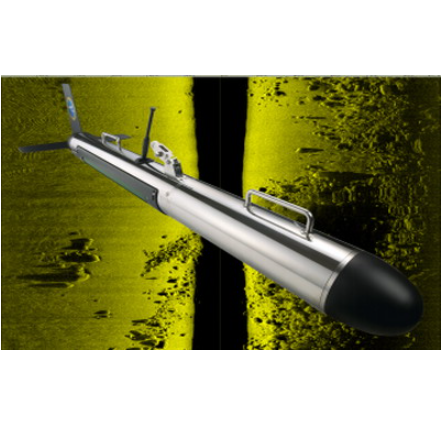MD DSS in depth
As with any survey sonar system, the MD DSS operation is based on transmitting sound waves into the water and receiving their reflections from obstacles such as the sea bottom and underlying material layer interfaces. The portion of energy reflected from an interface is proportional to the angle of incidence and the characteristic acoustic impedance ratio in the layer interface.In conjunction with MD DSS, we often are asked to provide answers to two questions. First, what is multi-mode operation? Second, how much sediment penetration can we expect to get with MD DSS? Below we will address these two issues.
Multi-mode operation
Not surprisingly, with multi-mode operation we refer to the system's ability to function in different modes. MD DSS supports the following operation modes:
| Mode | Type | Description |
|---|---|---|
| Pinger | Active | Sub-bottom profiling using a fixed frequency sound pulse in the range 1 kHz to 50 kHz |
| Chirp | Active | Sub-bottom profiling using frequency modulated sound pulses in the range of 500 Hz to 50 kHz |
| Seismic | Active or passive | Acquisition of seismic reflection data, resulting from a sound pulse generated either by MD DSS or a separate seismic source such as an air gun, boomer or sparker operating in the range of 20 Hz to 2 kHz |
| Side scan | Passive | Acquisition of acoustic reflection data from a side scan sonar system operating at a frequency of, e.g., 100 kHz or 500 kHz |
Below are examples of data acquired with MD DSS in different modes

 Enquiry:hkmarketing@epc.com.hk
Enquiry:hkmarketing@epc.com.hk 












